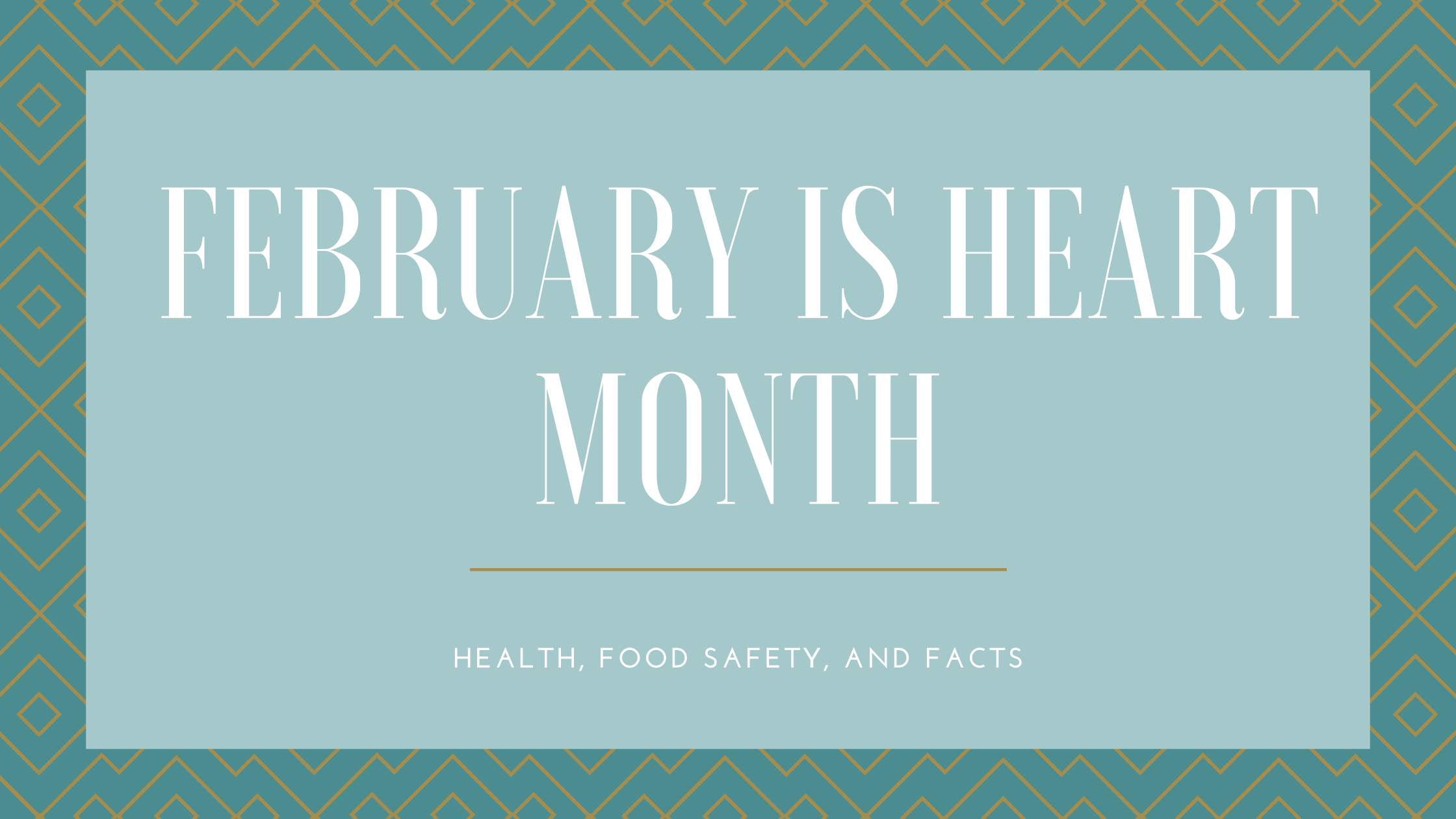A Cry from the Heart
Take Care of Me!
Each year there are approximately 805,000 heart attacks diagnosed in the U.S. and an estimated 170,000 of them are silent heart attacks, according to the American Heart Association. (Some experts estimate that the number is twice as much.) In efforts to prevent heart damage, we can’t ignore the signs that our heart may be giving us. A 2018 study in the Journal of the American College of Cardiology reported that having a silent heart attack increases the risk of heart failure by 35 percent compared to people who have not had a heart attack. The risk was even higher in people in their early 50s and younger.
Despite what you may have seen on tv, many people who have a heart attack do not experience chest-clutching pain. Many have symptoms that are so subtle they’re mistaken for something else.
During a heart attack, arteries are blocked so that oxygen-rich blood can’t reach the heart. The same thing happens during a silent heart attack. The only difference is the problem goes unnoticed. It’s not that there are no symptoms; it may just be that the patient doesn’t recognize them as heart symptoms and is not alarmed.
For example, it’s not uncommon for silent heart attacks to be written off as indigestion, acid reflux, a sprained or strained muscle in the chest or upper part of the back, fatigue, or just feeling run-down.
One way to tell if the symptoms you’re experiencing are due to a heart attack or another condition is to know that the warning signs of heart trouble don’t change when you try to find a position to relieve the pain. You can’t stretch or shake it out. And shortness of breath or sweating won’t calm down if you sit or lie down.
What’s more is that symptoms that come about from the loss of oxygen to the heart will generally get worse if you continue activities. So, if you have chest discomfort at rest and get up and walk around, you’re increasing the heart’s need for oxygen, so the symptoms usually will get worse if it’s a heart issue.
Cardiologists say to pay attention to a change in patterns in your body. If you have occasional chest discomfort that’s mild or comes and goes with certain activities, that is different from new symptoms never felt before. If you’re prone to indigestion and experience a burning feeling in your chest after eating spicy food, it is likely heartburn. But if it comes on out of the blue and the symptoms get worse, especially as you walk around or exercise, that is more than likely a warning sign of something more serious.
Symptoms of a Silent Heart Attack
-Shortness of breath, even when you have not done much
-Pain in the arms (especially the left arm) or back, like a sprained or pulled muscle
-Light headedness, dizziness, weakness, or fatigue
-A general feeling of unease or discomfort
-Breaking into a cold sweat for no reason
-Nausea or vomiting
-Mild pain in the throat or chest
There’s a saying in cardiology circles that “time is muscle,” referring to the damage that decreased blood flow can do to the heart the longer someone waits to see a doctor after experiencing symptoms.
Lifestyle for a Happy Heart
-Don’t smoke or use tobacco.
-Engage in 30-60 minutes of activity each day.
-Maintain a healthy weight. Your waist measurement should not be greater than:
40” for men and 35” for women.
-Sleep at least 7 hours each night.
-Manage stress. Try stretching, hot baths, meditation and tai chi.
Heart Healthy Superfoods
The American Heart Association recommends incorporating these foods into your diet to lower blood pressure, fight inflammation, and decrease the risk of stroke:
-Beets contain high doses of nitrates, which help keep blood vessels dilated and healthy. The same goes for other veggies (and fruit) that are red, orange or yellow like carrots, sweet potatoes, acorn squash, oranges, cantaloupe, and papaya. The colors have carotenoids and flavonoids.
-Pumpkin Seeds and Walnuts, like other nuts, are a good source of monounsaturated fats. A Penn State study found that participants who ate walnuts every day saw their blood pressure decrease. One quarter cup contains 42 percent of the recommended daily amount of heart-healthy magnesium.
Olives and Olive Oil, as well as pecan oil, help boost good cholesterol and are found to help repair the arterial linings. Low-sodium olives are also a healthier option.
Garbanzo Beans, like many dried beans, contain good proteins and can help lower bad cholesterol. (Canned beans contain salt.)
Oatmeal- is a good source of healthy fiber, healthy fat, and protein
Salmon, herring, lake trout, albacore tuna, sardines and mackerel are high in omega-3 fatty acids. The American Heart Association suggests eating one of these (or a combination) twice a week.
Blueberries (particularly wild) are high in vitamin C and antioxidants that absorb free radicals. Strawberries, raspberries and blackberries are a close second.
Broccoli and Brussel Sprouts are at the top of the list, along with cabbage and dark green leafy vegetables, proven to reduce the risk of cardiovascular disease.
Chili Peppers are high in capsaicin which is an anti-inflammatory, antioxidant and blood-glucose-regulator. In a 2020 study, 570,000 people who ate chili peppers had a 26 percent lower relative risk of cardiovascular death than those who rarely or never ate the peppers.


Recent Comments